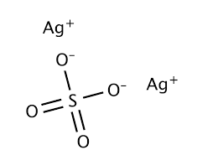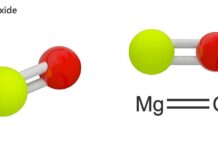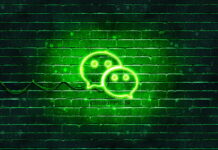Definition:
A gas chromatograph is an analytical technique. It is used to separate the chemical components of sample mixture and then it detects the how much amount is present or absent.
These are volatile compounds which is easily gets vaporized at room temperature. This technique is used most of the industries like Pharmaceutical industry, Research, Medical and Forensic, Polymers and plastics, Pesticides.
How does gas chromatography work?
To capture how chromatography works, G.C. We need to know about the individual components of the chromatogram or GC chromatograph.
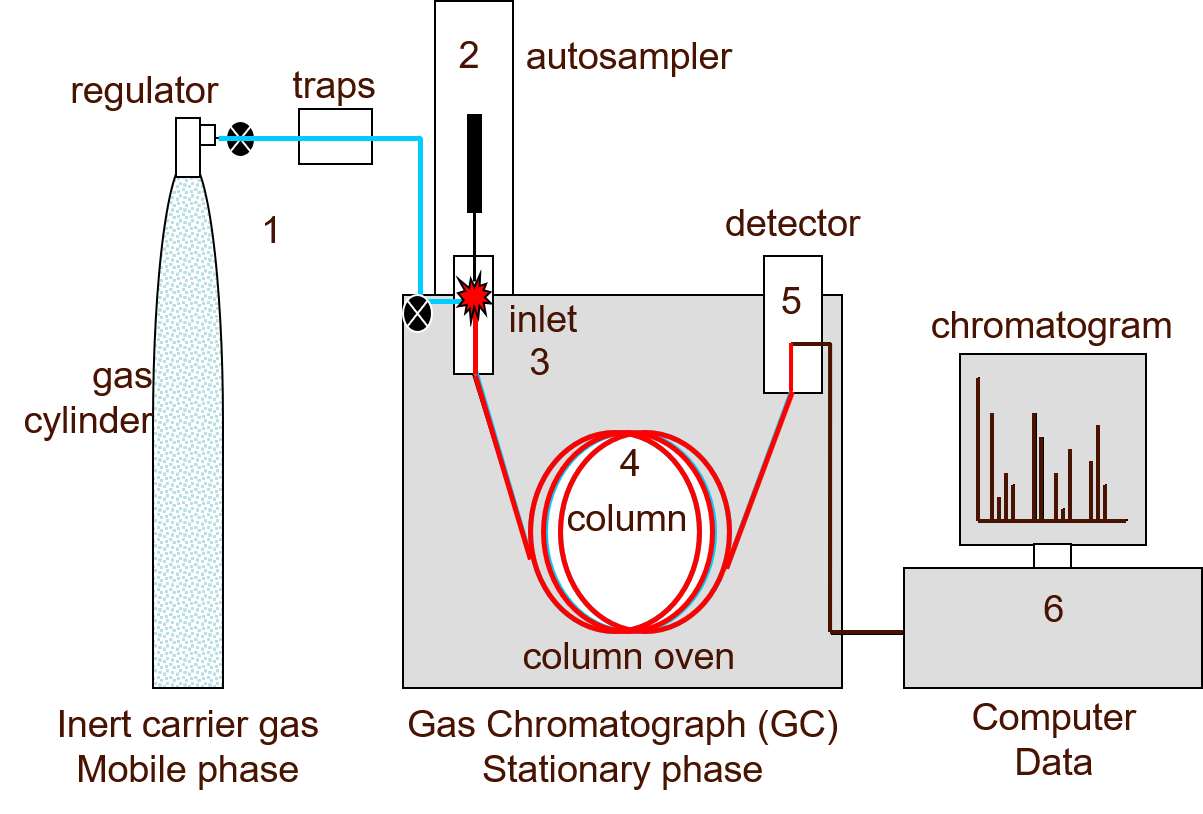
The main components are,
Mobile phase
Injector
Column
Column – Oven
Detector
And Data system calculates and displays the parameters.
Limitations :
Gas chromatography is widely used in many industries for routine analysis, research or thousands of compounds ranging from solids to gases in various models and components.
However, gas chromatography shows that volatile compounds from helium / hydrogen have a molecular weight of 1250 u.
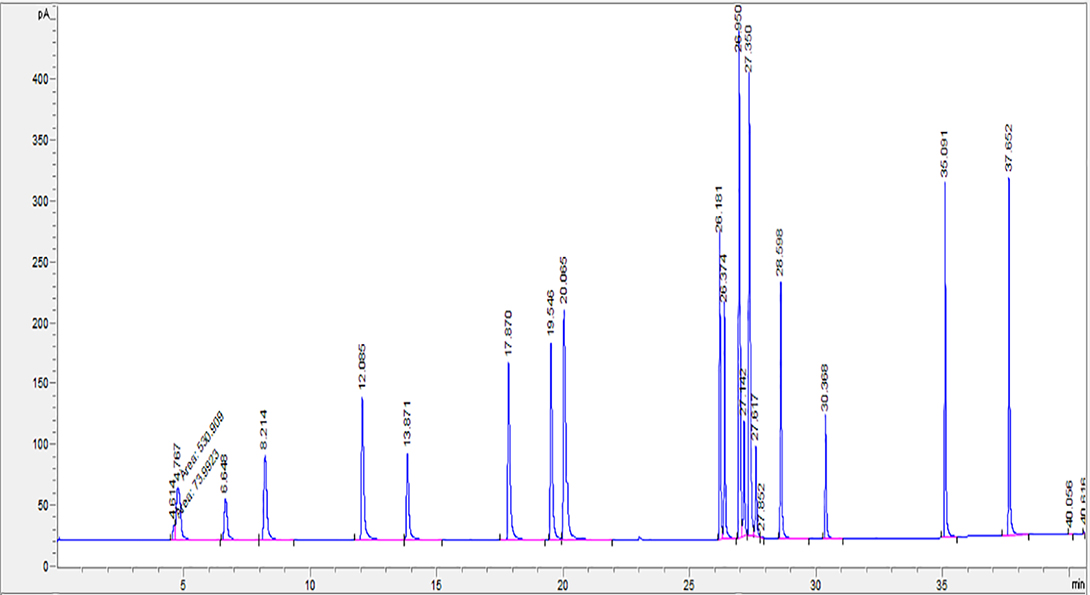
Issues :
Leakage is one of the major problems with gas chromosome. Since gas is flowing through the mobile phase system, leakage may occur. Therefore, it is important to make sure that the parts and consumables are properly installed and the system is constantly checked for leaks.
Another problem is the functionality for higher polar analyzes, especially those at trace levels. Problems such as irreversible absorption or reaction breakdown can also occur due to dirt formation in the system and cyanol groups in the glass liners and columns.


